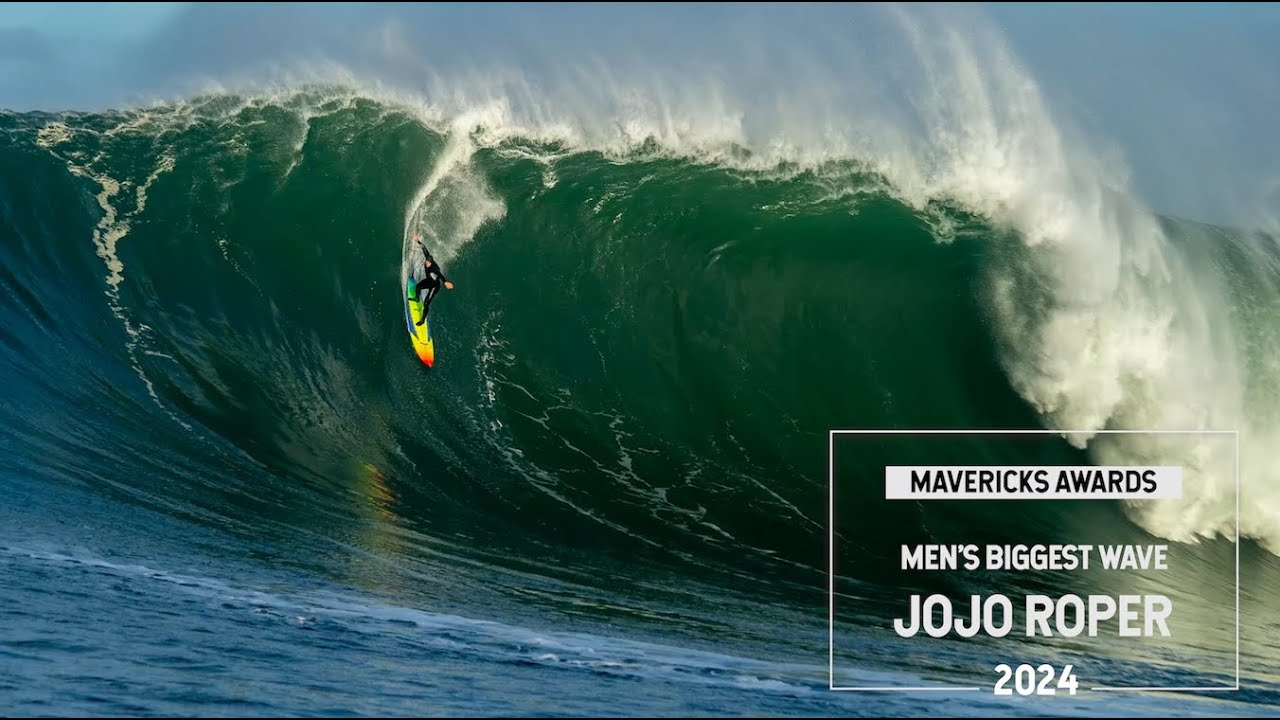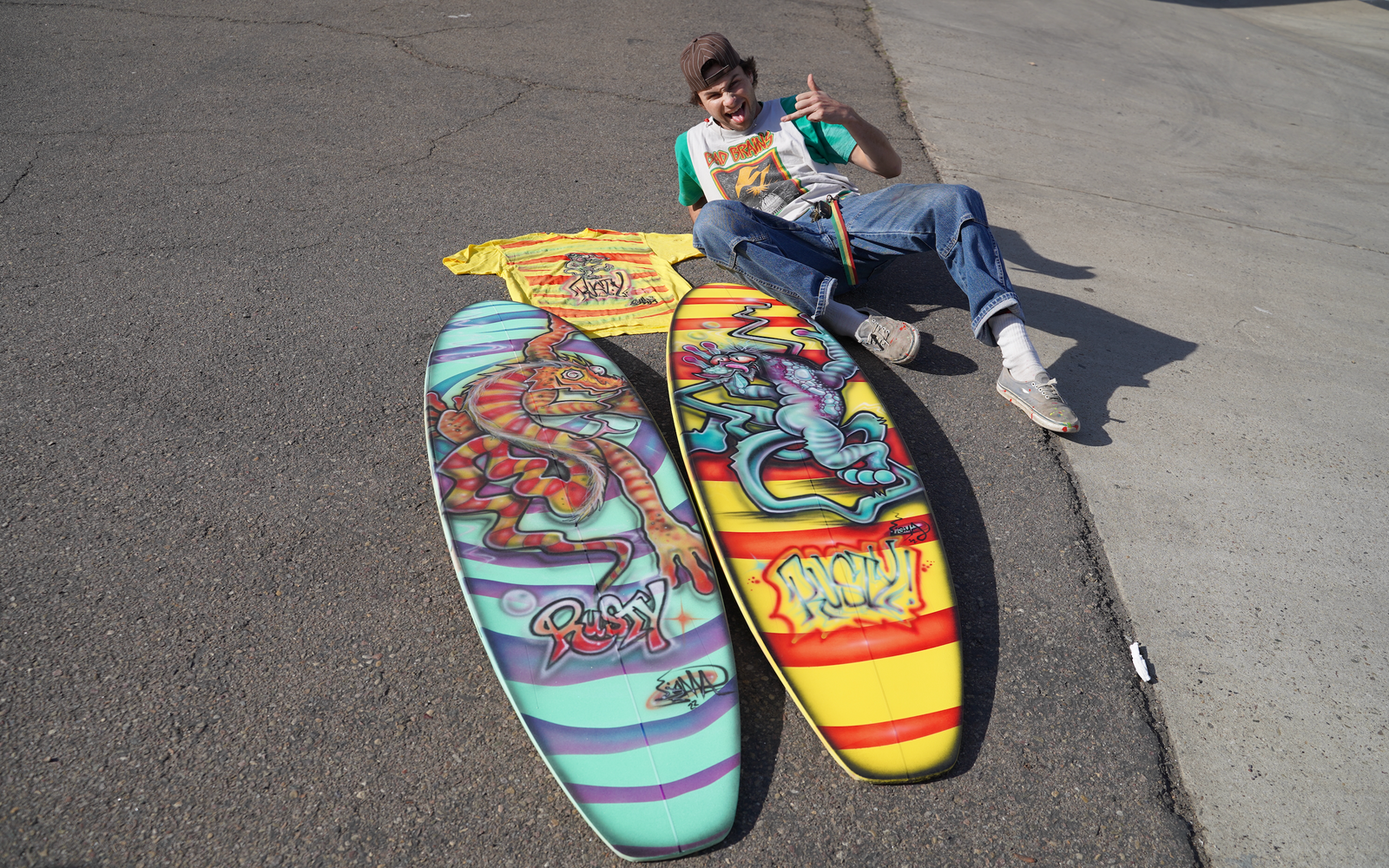 Photo by John Durant
Photo by John Durant
Message from Shaper, Rusty Preisendorfer
"Rail Templates I am not sure exactly when I first started using rail templates. Fairly certain it wasn’t until the early 80’s. Bill Barnfield taught me the importance of keeping comprehensive records of numbers. Width, thickness, rocker, even bottom contours, every 6 inches. He kept records of the apex and edge at various points along the rail. But I’m not sure he used rail templates. The earliest ones I can remember are from late 1981, early 82. I was starting to develop my “own look.” Team riders were asking for thinner boards and I was stressing on how to keep some volume. So, I started making my decks flatter. The last 18 inches or so, I developed very steep rails. Almost square. But the center was pretty thin. I started using scraps of template material. Tempered Masonite screened on one side. The image on the top left is similar to an early RT. As time went by, I was shaping for more and more gifted surfers. My RT collection grew and became more sophisticated. Measurement from the apex in at .5-inch increments. At one point I even had RTs for a foot from each end of the board. Eventually deemed them unnecessary. If the thickness flow was correct, the railine would take on a life of its own. I tried thin G10 at one point. It tended to scratch up the finished blank. I finally ended up with .125 PVC I got from Elliot Rabin. Starlight Surfboards. Ridout Plastics. I got a batch of pre-cut, CNC, RTs that were 1.6 inches at the deepest point. 5 inches in from the apex. The next batch he added the logo and score marks. When I started using CAD design, in 1998, they pretty much became obsolete."





